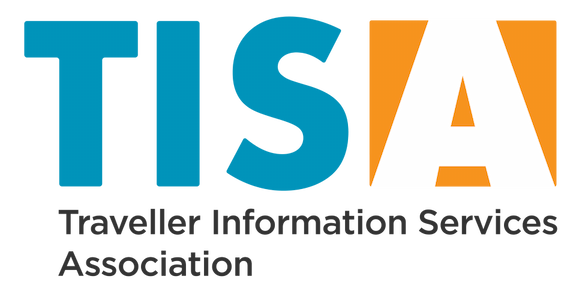Connected and Automated Driving at the heart of TISA’s September Committee Meetings
An insight into a Connected Corridor for Driving Automation, the moral consequences of Autonomous Driving product developments and an innovation hub for autonomous driving. TISA’s September Committee Meetings started at full speed and gave Members the opportunity to exchange knowledge and ideas with three external organisations and to catch-up with the TISA’s overall reporting.
The first presentation concerned the European-funded project CONCORDA (Connected Corridor for Driving Automation), presented by ERTICO Senior Manager Dr. Eusebiu Catana. CONCORDA contributes to the preparation of the European motorways for automated driving and high density truck platooning with adequate connected services and technologies. The main objective of the Action is to assess performances (reliability/availability) of hybrid communication systems, combining 802.11p and LTE under real traffic situations. The project is deployed in seven Pilot sites in five Member States of the European Union (Belgium, the Netherlands, France, Germany and Spain) and aims at guaranteeing the interoperability and continuity of its services on all test sites according to the C-ITS Platform recommendations.
From a test to the other, Robert Siddi, Sales Director at ZalazONE, gave an insight into this European hub project that comprises a test field for Autonomous Vehicles. Unique in its kind, ZalaZone is one of the European centres testing and piloting 5G developments in telecommunications (since 2019), with a EUR 127 million public investment on a 265-hectare area. The hub aims to offer technologically advanced laboratories for educational and research purposes and become one of the main centres of Autonomous Vehicle developments in Europe. A key component of the project is the smart city zone concept, an environment for research and testing of future technologies both in a downtown and suburban context.
Last but not least, TISA Members were given food for thought on Moral Consequences of AD Product Development with a presentation by Nora Blessing from TomTom. Current AD technology can manoeuvre without hitting obstacles, but lacks a great amount of fine-tuning. Today’s situation still presents major roadblocks, such as the lack of robust software that can make human-like decisions in any possible scenario, softwares that do not always recognise humans on the road and accidents and system failures that still occur. In addition, moral aspects are involved: who is responsible for system failures? Shall the vehicle kill an elderly person or save a young child? Throughout her presentation, Ms. Blessing tried to answer how product managers and software engineers can systematically navigate the moral component of their job. She provided a background on TomTom’s process, touching upon a theoretical angle, research and practice and concluded with practical findings on awareness, copying strategies and expectations, and theoretical findings.
With TISA is concentrating most of its work on the impact that Automated Driving will have on traffic and travel patterns, these three presentations offered a valuable opportunity for Members to gain a wider insight into the matter.
All the presentations are available on TISA Confluence.


 LinkedIn
LinkedIn